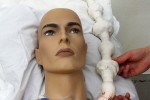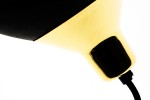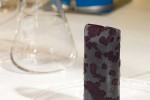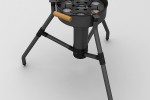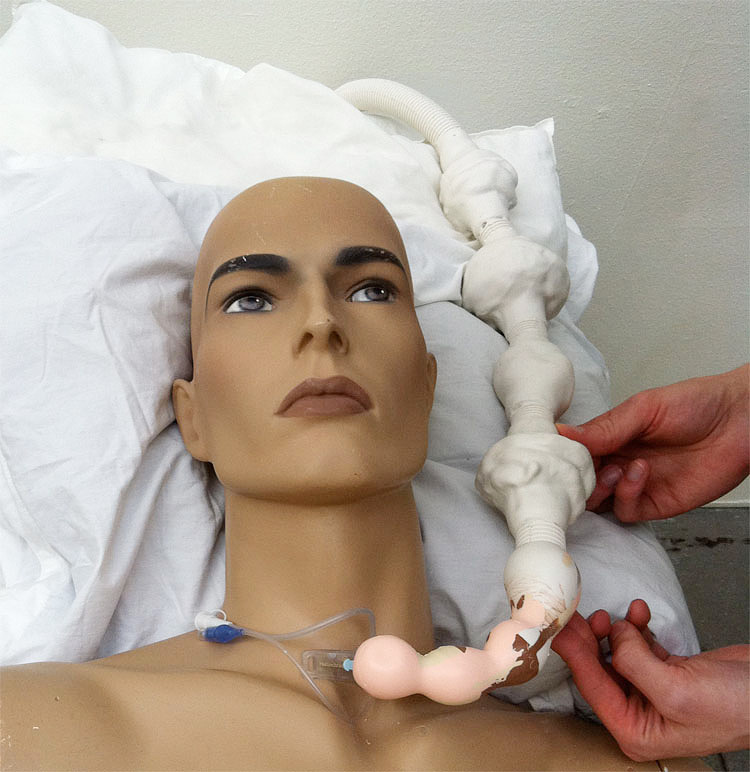
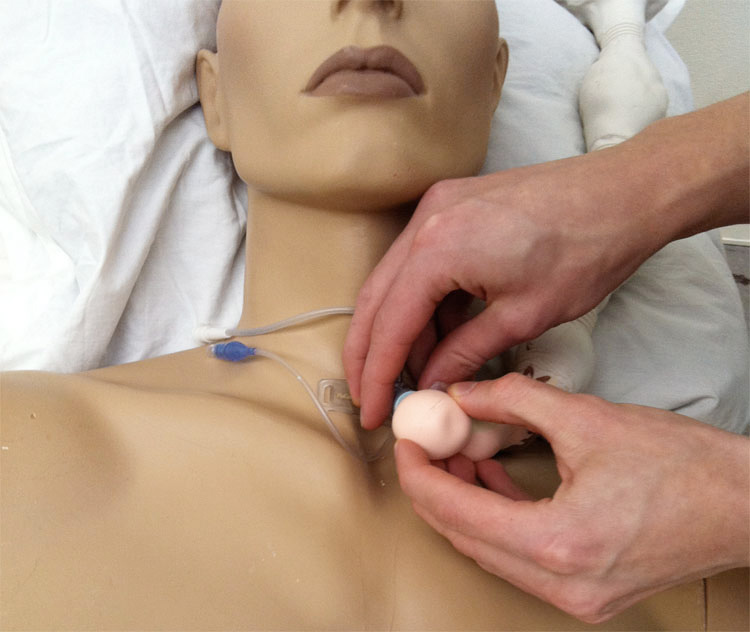
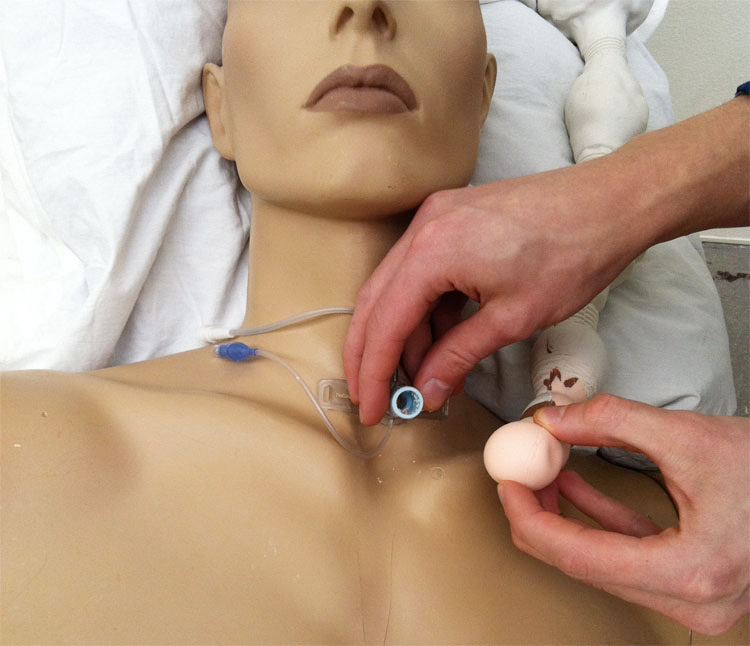
If form follows normative discourse in medical design, what happens to the gestalt when you include related discourses of the medical ventilator in the design process? My aim has been to integrate critical design and gender theory with an exploratory aesthetic approach. This aesthetic approach aimed to create an on going exchange between the development of concepts inspired by theory and the creative sketching of 3-D form.
After I had been working with the project for some time I started to realise that what I was refering to as a medical ventilator, was just seen by others as a “tube”. I decided to change the roles, and to work only on the tube, and not on the rest of the apparatus. When I made this discourse shift, I tried to understand why the tube had been neglected.The tube is de facto an essential part of the ventilator. It is the important link between the patient and the apparatus, and without it, there is no treatment. Despite of this, the ventilator tube is not prioritised by the medical design industry. I used gender theory about hierarchy of power and work division to understand this matter and came to a conclusion that everything close to the patient has low status.
My combined theoretical and explorative aesthetic approach didn’t only prove to change the gestalt, allowing for bodily form that challenges the false dichotomy of the hospital discourse. It also changed the entire focus on the product by making the tube central.
Some questions this design project attempts to discuss: What does it mean to give bodily form to this medical design project? How does the use of a tactility and haptics interface on a surface that may resemble a soft body help response from the staff and relatives as they encounter with the patient? In what way can the medical design process develop in a way to help patients regain humanity?


